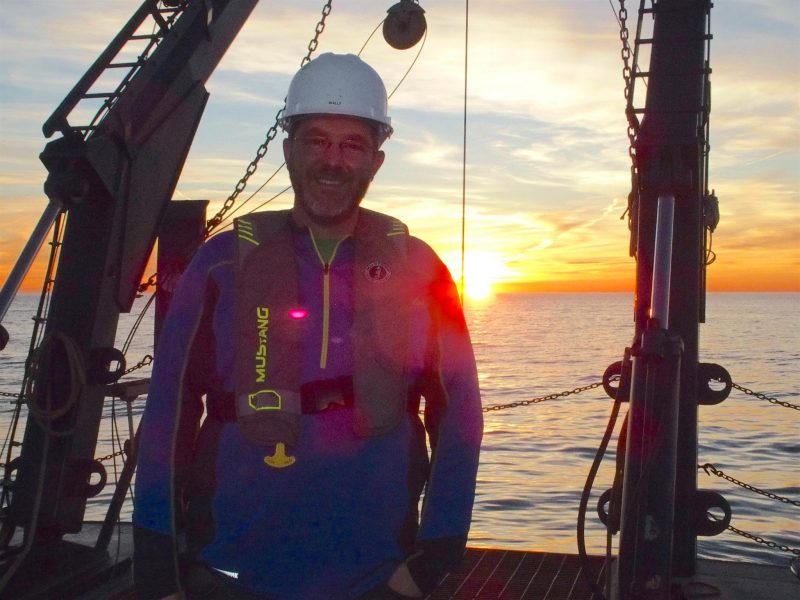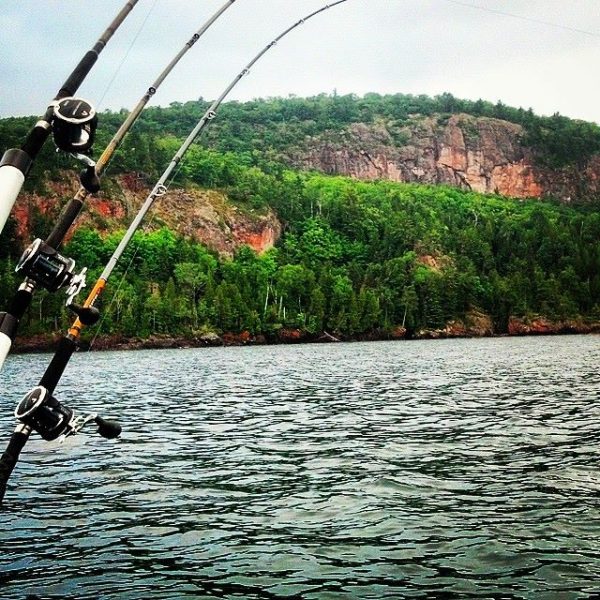
Andrew Barnard and Travis White generously shared their knowledge on Husky Bites, a free, interactive Zoom webinar hosted by Dean Janet Callahan. Here’s the link to watch a recording of his session on YouTube. Get the full scoop, including a listing of all the (60+) sessions at mtu.edu/huskybites.
What are you doing for supper tonight, Monday 3/22 at 6 ET? Hey, it’s World Water Day 2021! Grab a bite with Dean Janet Callahan and Andrew Barnard, Director of Michigan Tech’s Great Lakes Research Center (GLRC). Barnard is a Michigan Tech alum, and an associate professor in the Department of Mechanical Engineering-Engineering Mechanics at Michigan Tech, specializing in the field of acoustics, vibration, and noise control engineering.
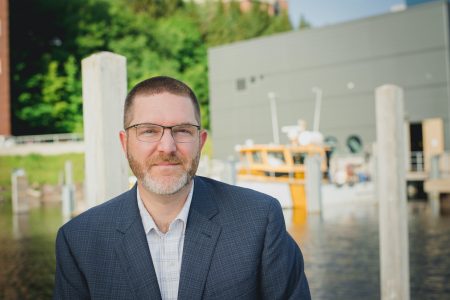
Joining in will be Travis White, aka Captain White. He’s a research engineer at the GLRC, owner of Keweenaw Charters, and also a Michigan Tech alum. Travis earned his BS in mechanical engineering in 2011. He’s also an entrepreneur, as cofounder of ProNav Marine, a company that offers up high-tech tools designed to enhance the boating and fishing experience.
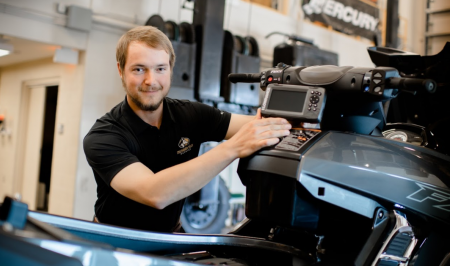
Together they will present some of their exciting work around the Great Lakes and beyond, including engineering an autonomous jetski that will help map the bottom of Lake Superior–and advance research in the area of marine autonomy.
“Autonomous marine vehicles can aid in data collection to identify invasive species, monitor the effects of climate change, evaluate fish populations, assess water quality, and much more,” says White. “Not only does their widespread adoption and use help to protect our limited water resources for economic, environmental, and social benefits but also related technologies promise to make global shipping smarter, cleaner, and more efficient.”
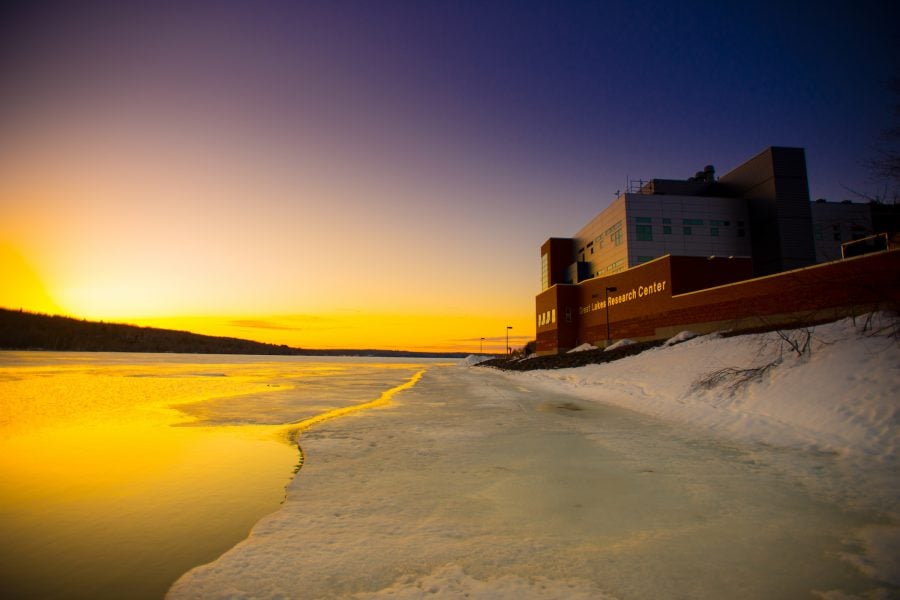
According to White and Barnard, GLRC’s 11′ Yamaha WaveRunner, a personal watercraft, is being made autonomous through the addition of remotely controlled actuators for steering and throttle and sensors including GPS, compass, and inertial motion sensing.
“The Michigan Tech engineers behind this are collaborating with a supplier in Madrid, Spain to adapt their commercially available off the shelf control hardware for unmanned aerial vehicles (UAVs) to what will become an autonomous / unmanned surface vehicle (ASV / USV) once the integration is complete,” says White. “Currently the WaveRunner is fully remotely controllable, but the ultimate goal is making it fully autonomous, meaning it can be given a program via a computer software interface and deployed to complete missions without requiring an operator at the controls.”
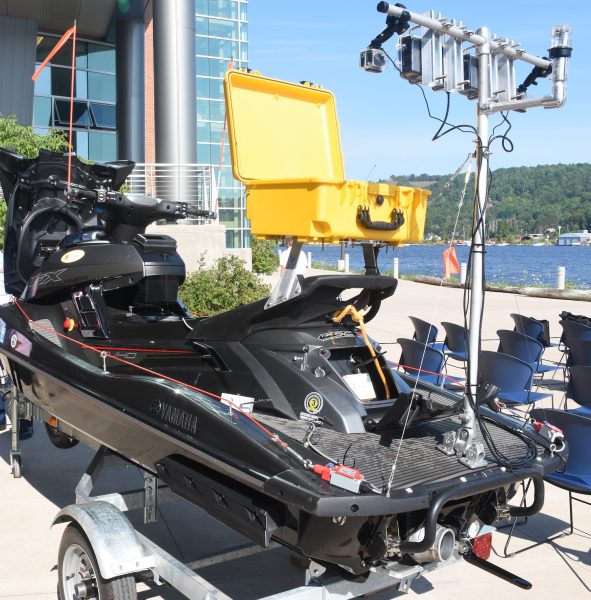
That research is one of many projects underway at the recently established Marine Autonomy Research Site (MARS), which serves as a proving ground for new maritime technologies that will enable smart, autonomous, and unmanned shipping.
“I grew up in the Blue Economy,” adds Barnard. “Twenty-one percent of the world’s surface freshwater is in the Great Lakes. If the Great Lakes states were their own country, they would have the world’s 3rd largest GDP. From tourism to shipping, water is vital to our economic engine.”
This week Michigan Tech’s celebrates World Water Day 2021 with a week full of special events from March 18-24. “It’s an exciting and varied schedule for all ages,” say White. Registration is needed for events on March 23 & 24. Visit the Great Lakes Research Center World Water Day website for more details. All events all relate to the United Nations theme, “Valuing Water.”
Water is vital to life. On World Water Day, discover how our community values water from social, economic, cultural, and environmental perspectives.
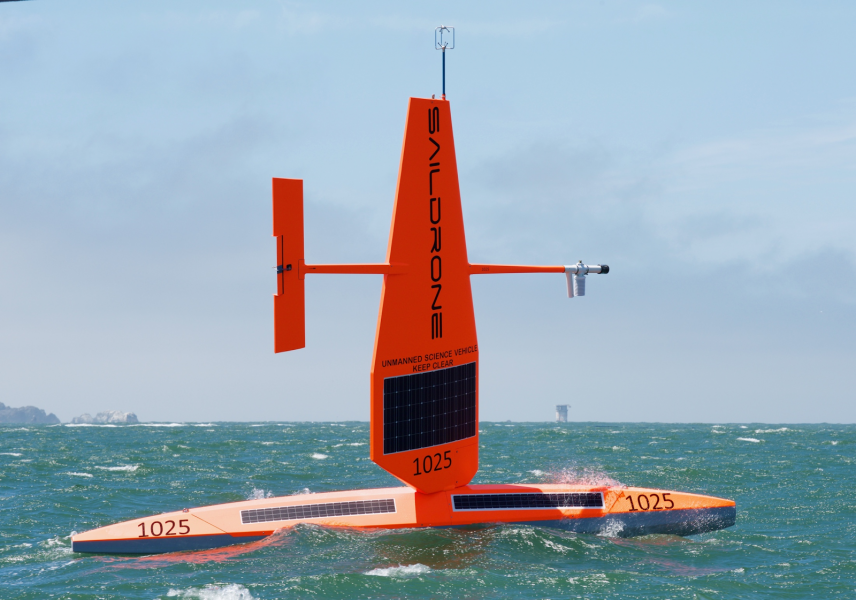
“Fishing is a vital resource for Great Lakes communities and tribes,” adds Barnard. “The USGS conducts yearly Great Lakes fish surveys. One problem: Noise from large vessels can affect accurate fish counting.”
White will discuss some interesting interdisciplinary research in his job at the Great Lakes Research Center, as well:
DARPA BioProtein—turning plastic into food (economic sustainability through environmental sustainability)
Lake Superior Geology—the Midcontinent Rift System (MRS) sample collection at Stannard Rock.
And the Great Lakes Buoy Program—real-time measurements of wind, waves, and weather (And, “Great for fishing,” adds White).
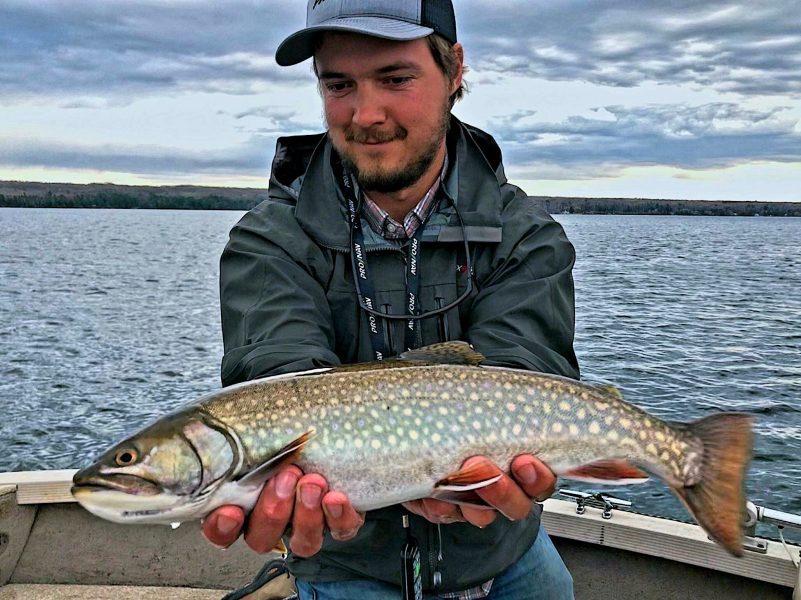
During Husky Bites, Barnard and White plan to hare a few (fish) tales from their time spent working on and around the water, experiences that inspire their work and fuel their passion for protecting water resources.
